Proximal Hamstring Tear
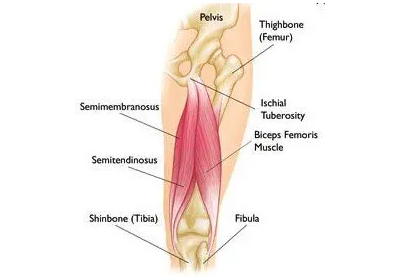
What is a Proximal Hamstring Tear?
The hamstrings are a group of four muscles on the back (posterior) part of the thigh (femur), which are important for leg extension and knee flexion. The four muscles include the semitendinosus, semimembranosus and the long and short head of the biceps femoris.
Proximal hamstring tears involve tearing of one or more of the hamstring tendons from their attachment to the pelvis (hip bone).

Causes
Injuries to the hamstring are generally sudden or traumtic in nature; more common in athletes involved in soccer, baseball, skiing, and gymnastics. Activities like water skiing may also cause tears in your hamstrings.
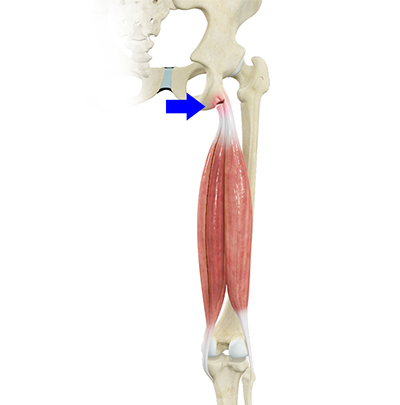
Symptoms
If you have a hamstring tear, you may experience sudden and severe pain in your thigh with a loud popping noise. Patients may experience significant weakness and develop a limp while walking. Proximal hamstring tears may also cause persistent pain located in the buttock with prolonged sitting.
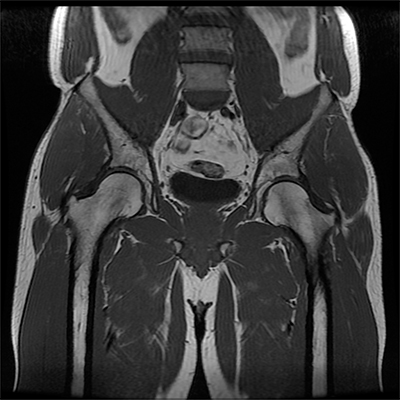
Diagnosis
Your doctor will carefully review your symptoms and medical history and perform a physical examination. Diagnostic tests may include:
- MRI Scan: This test helps in detecting damage to soft tissue, including muscles, tendons, and ligaments located in the hip and thigh.
- X-rays: X-rays help your provider see if you have any damage or fractures to your hip or thigh bones.
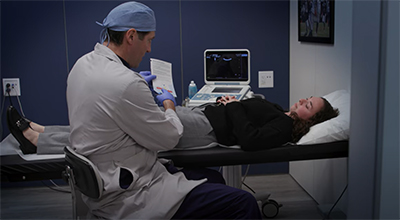
Treatment Options
There are a few conservative measures that may be taken for chronic (long term injury) hamstring injuries:
- Physical therapy: Exercises that increase the strength of the muscles around the hamstring may help alleviate pain and increase function.
- Regenerative medicine & injections: Regenerative medicine, such as platelet-rich-plasma (PRP) and bone marrow aspirate concentrate (BMAC) may be recommended to promote healing. Cortisone injections may also be used to reduce any inflammation.
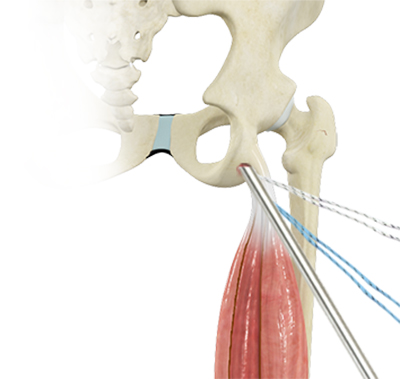
Surgical Options
For acute and traumatic injuries, surgery is generally recommended. In many cases, a torn proximal hamstring can be repaired endoscopically by sewing the torn part of the hamstring tendon back to the bone using tiny suture-anchors. This procedure has a high success rate in treating pain and restoring strength to the hamstring muscles. If the tear is too large or too retracted, an open hamstring repair may be undertaken. Similar anchors are used to stabilize the repair or the tendon to the bone.
Postoperative recovery for a proximal hamstring repair involves 6 weeks of restricted weight bearing with crutches or an assisted device and 6 weeks in a hip brace. This protects the repair during the early healing phases. Additional bracing may be required depending on the case.
Physical therapy will also be important in the postoperative course to regain strength and condition the hamstring muscles and restore hip function.
